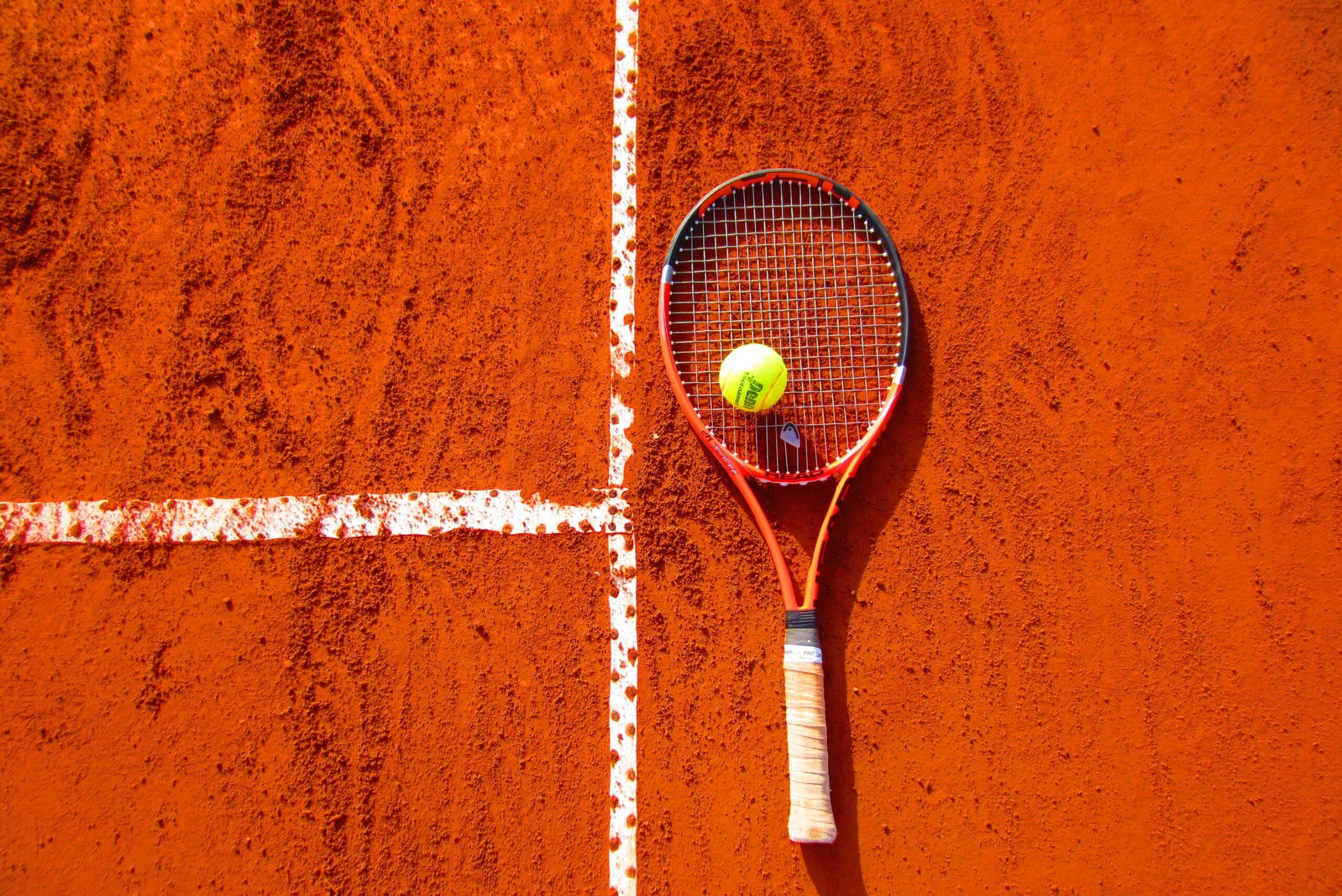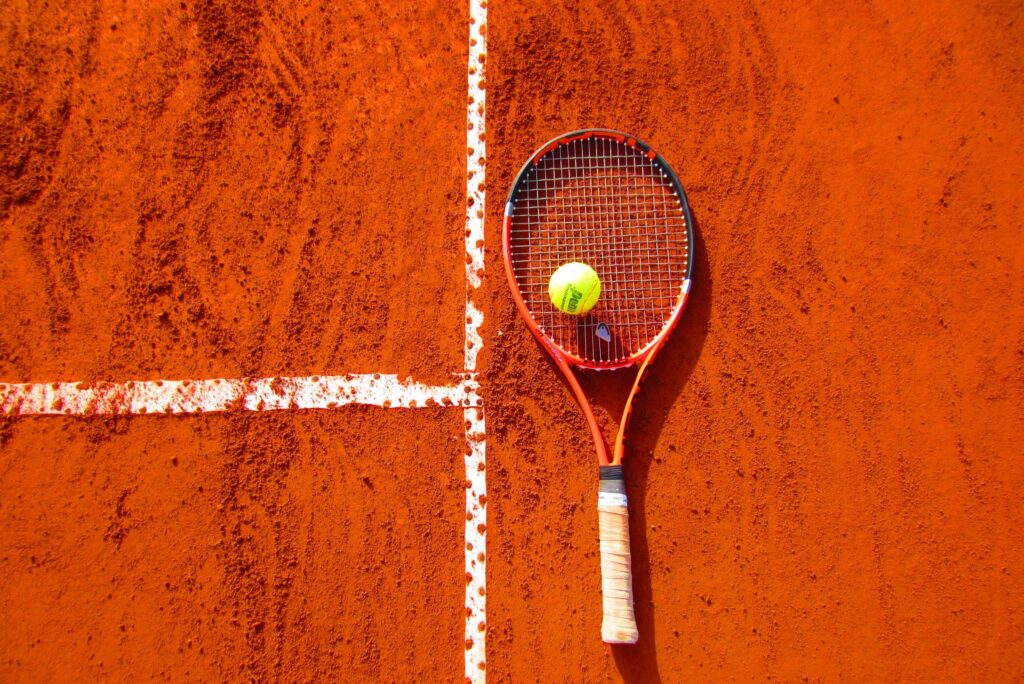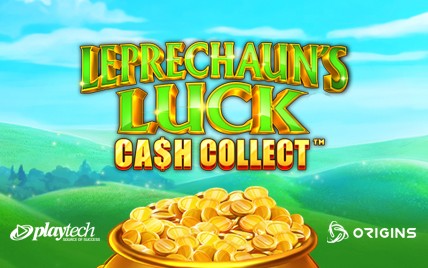US OPEN TENNIS: Six things you never knew about tennis’ US Open
August 28, 2023

As one of tennis’ four Grand Slam events the US Open is one of the most prestigious and anticipated tennis tournaments in the world.
From thrilling matches to iconic moments, this Grand Slam event has a rich history and of course, many fascinating stories behind it. Whether you’re a die-hard tennis fan or just a casual observer, here are six things you probably never knew about the US Open:
Flushing Meadows-Corona Park’s tennis transformation
Did you know that the US Open’s home, the USTA Billie Jean King National Tennis Center, is located in Flushing Meadows-Corona Park, New York? What’s even more fascinating is that the center was once the site of the 1964 World’s Fair. The tennis complex emerged from the fair’s legacy, showcasing the adaptability of spaces for different purposes.
Origins of the name “US Open”
Before it was called the US Open, this tournament was known as the U.S. National Championship. In 1968, it transformed into an “open” event, allowing both amateurs and professionals to compete. This format change and the decision to make the event more inclusive led to its current name: the US Open.
The vibrant tapestry of court surfaces
Unlike other Grand Slam tournaments that predominantly use grass, clay, or hard court surfaces, the US Open is famous for using DecoTurf, a type of hard court. But here’s the twist: the color of the courts isn’t just any shade of blue—it’s called “US Open Blue,” specially chosen to make the ball more visible for players and viewers alike.
Tiebreak turnaround
Tiebreakers are an integral part of modern tennis, but they weren’t always a part of the US Open. It wasn’t until 1970 that the US Open became the first major tournament to introduce the tiebreaker rule to decide sets reaching a 6-6 score. This innovation added an element of excitement and drama to the matches.
Billie Jean King’s bold stand
The US Open has always championed gender equality, and it owes much of its commitment to the legendary Billie Jean King. In 1973, she took a stand for equal prize money, refusing to play in the final unless the prize money for men and women was the same. The event organizers conceded, making the US Open one of the earliest proponents of equal pay in tennis.
Electric Arthur Ashe Stadium
Arthur Ashe Stadium, the main venue for the US Open, holds the distinction of being the largest tennis stadium in the world. But did you know it’s also a cutting-edge example of sustainable architecture? The stadium features a retractable roof, ensuring uninterrupted play even during inclement weather, and its roof is equipped with solar panels, contributing to energy efficiency.
Continue Reading >>
US OPEN TENNIS: Six things you never knew about tennis’ US Open

As one of tennis’ four Grand Slam events the US Open is one of the most prestigious and anticipated tennis tournaments in the world.
From thrilling matches to iconic moments, this Grand Slam event has a rich history and of course, many fascinating stories behind it. Whether you’re a die-hard tennis fan or just a casual observer, here are six things you probably never knew about the US Open:
Flushing Meadows-Corona Park’s tennis transformation
Did you know that the US Open’s home, the USTA Billie Jean King National Tennis Center, is located in Flushing Meadows-Corona Park, New York? What’s even more fascinating is that the center was once the site of the 1964 World’s Fair. The tennis complex emerged from the fair’s legacy, showcasing the adaptability of spaces for different purposes.
Origins of the name “US Open”
Before it was called the US Open, this tournament was known as the U.S. National Championship. In 1968, it transformed into an “open” event, allowing both amateurs and professionals to compete. This format change and the decision to make the event more inclusive led to its current name: the US Open.
The vibrant tapestry of court surfaces
Unlike other Grand Slam tournaments that predominantly use grass, clay, or hard court surfaces, the US Open is famous for using DecoTurf, a type of hard court. But here’s the twist: the color of the courts isn’t just any shade of blue—it’s called “US Open Blue,” specially chosen to make the ball more visible for players and viewers alike.
Tiebreak turnaround
Tiebreakers are an integral part of modern tennis, but they weren’t always a part of the US Open. It wasn’t until 1970 that the US Open became the first major tournament to introduce the tiebreaker rule to decide sets reaching a 6-6 score. This innovation added an element of excitement and drama to the matches.
Billie Jean King’s bold stand
The US Open has always championed gender equality, and it owes much of its commitment to the legendary Billie Jean King. In 1973, she took a stand for equal prize money, refusing to play in the final unless the prize money for men and women was the same. The event organizers conceded, making the US Open one of the earliest proponents of equal pay in tennis.
Electric Arthur Ashe Stadium
Arthur Ashe Stadium, the main venue for the US Open, holds the distinction of being the largest tennis stadium in the world. But did you know it’s also a cutting-edge example of sustainable architecture? The stadium features a retractable roof, ensuring uninterrupted play even during inclement weather, and its roof is equipped with solar panels, contributing to energy efficiency.











